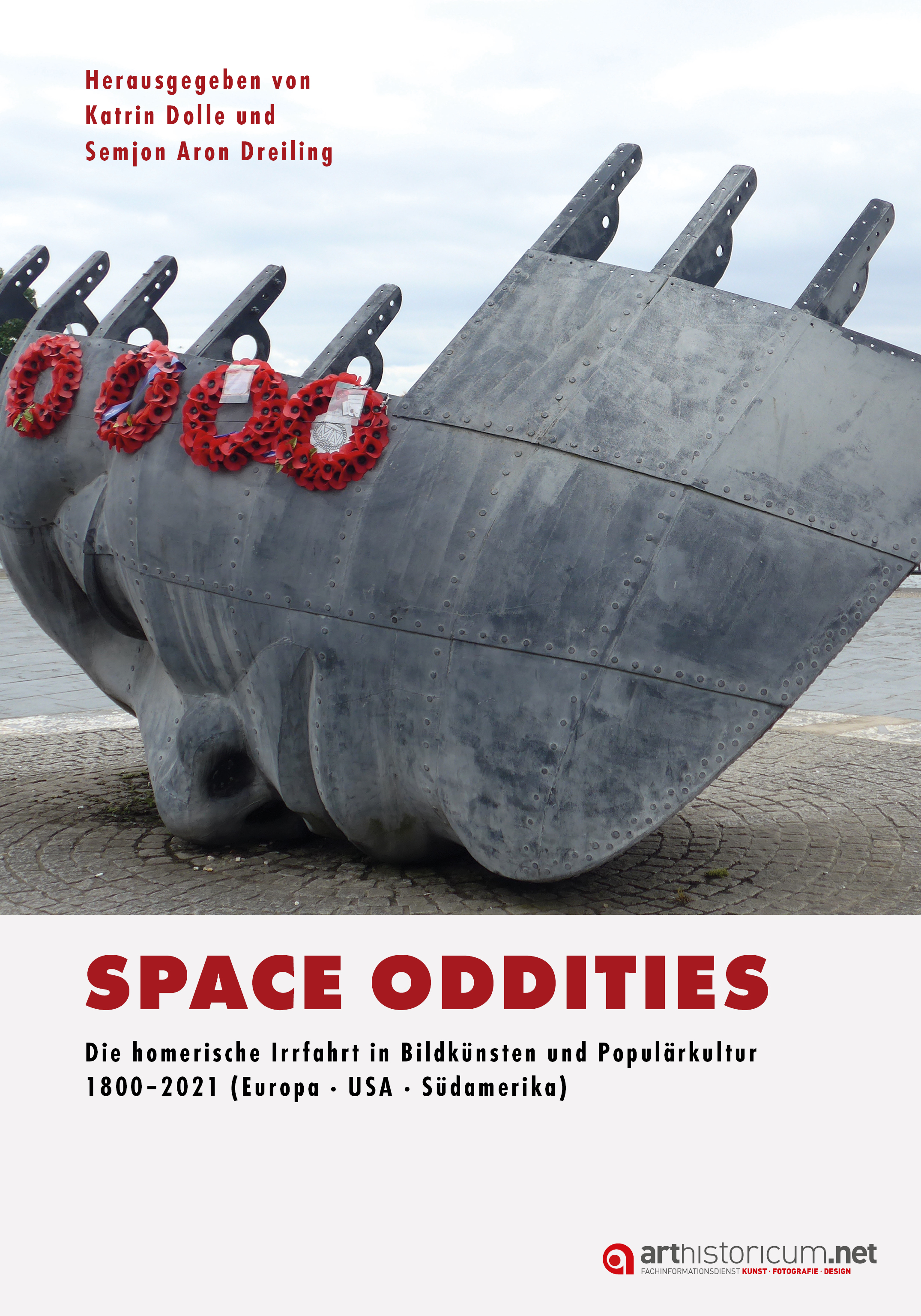How to Cite
License (Chapter)

This work is licensed under a Creative Commons Attribution-NonCommercial-NoDerivatives 4.0 International License.
Identifiers (Book)
Published
"Do you read me, HAL?" – Odysseen durch visuelle und akustische Räume
In the turbulent climate of the late 1960s, Stanley Kubrick’s 2001 – A Space Odyssey sets a milestone in film history. While using the ridiculed genre of the commercial science fiction movie, the director makes subtle reference to the early films of the 1910s/1920s. His masterpiece is of undiminished interest for film studies, less so, however, for Classical Philology, although the title refers to Homer’s Odyssey – and seems to belie our expectations. With her contribution, in which she highlights the spiritual kinship of both artists, Katrin Dolle fills this gap. However, 2001 is anything but a simple adaptation of Homer’s epic. Kubrick’s approach is much rather an (avant la lettre) deconstructivist method in the way he uses Homer’s source text and film-theoretical and architectural-theoretical approaches of his time and the first half of the 20th century. That way, Kubrick creates a work of art that invites innumerable possible interpretations and metaphorizations referring to his and our society without giving preference to one – similar to Homer’s epic. Every society is shaped by the use, dependency, and life in the spatiotemporal art of architecture. This may be why Kubrick deliberately uses architecture in all of his movies. By drawing upon this art as a tertium comparationis between 2001 and the Odyssey, Katrin Dolle elaborates in her contribution the similarities in addressing time and space in the movie as well as in the epic. One starting point for this approach is Hans Hollein’s “Everything is architecture!” (1966). In a time of growing computing technology and Cold War on the one hand and drug consumption as well as a longing for peace on the other, Kubrick combines futuristic, metabolist, high-tech, mobile, and brutal, ostensibly ‘true‘ architecture to create a new monstrosity in the ongoing odyssey of humanity: A godlike, but also lying and thus human living architecture, the characteristics of which are reflected in a static and emotionless human being. Yet the relationship between those antagonists is not so simple that one could equate the computer HAL with Polyphemus or Dave with Odysseus. Rather, Kubrick ‘de-structs’ the Homeric characters – the gods, with Athena at their head, Helios, Polyphemos, and Odysseus himself – and ‘con-structs’ them into HAL the AI, which is used and mirrored by Dave Bowman and also shapes him. As Homer did with the myth in the age of Greek migration and colonization, Kubrick deconstructs the construction of the Odyssey as well as reflections on technology, conventions, and humanity.







